Red Hat launches Enterprise Linux 9 beta
Changes will require less work from admins and IT Ops
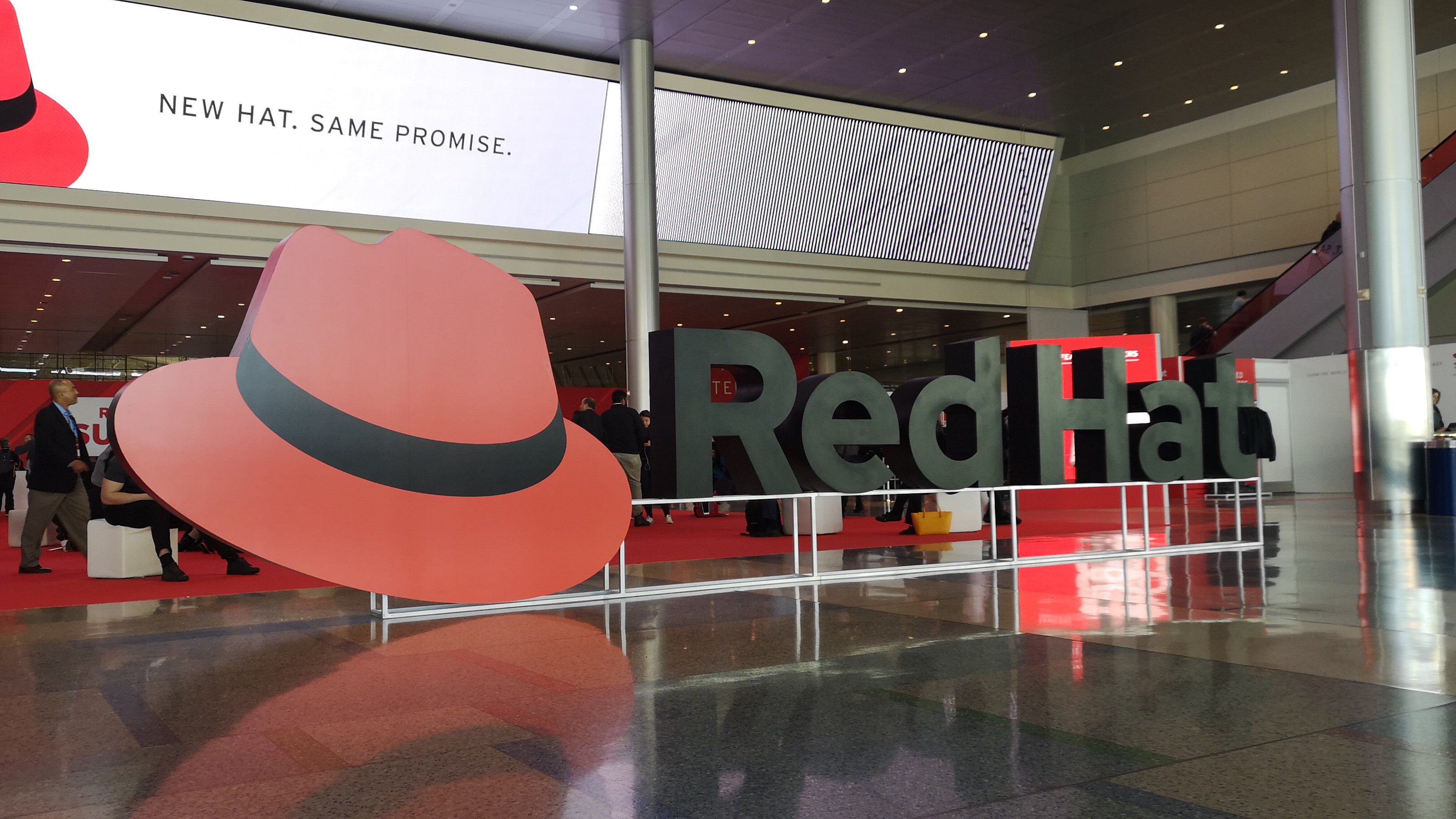

Red Hat has launched its eponymous Red Hat Enterprise Linux (RHEL) 9 beta and promised admin and IT ops people there will be less of a need for them to learn new ways of doing things.
Red Hat said the latest beta is based on upstream kernel version 5.14 and provides a preview of the next major update of RHEL. It punted the new version as being designed for “demanding hybrid multi-cloud deployments that range from physical, on-premises, public cloud to edge”.
It also said the beta was a departure from previous major releases of RHEL. While it contains many improvements and enhancements customers asked for, it has fewer changes that require admins and IT Ops to learn new ways of doing things, said the firm. It added that anyone familiar with RHEL 8 should find RHEL 9 easy to pick up.
Among the new features are enhanced web console performance metrics that allow access to additional information that will allow admins to better identify the potential causes of performance bottlenecks. It is also now easier to export these data to analysis and reporting tools such as Grafana.
There is also kernel live patching via the web console and streamlined image building that includes the ability to build RHEL 8 and RHEL 9 images via a single build node. It also features better support for customized file systems (non-LVM mount points) and bare-metal deployments.
There are also several enhancements for security and compliance.
Users can use smart card authentication to access remote hosts through the RHEL web console (Sudo, SSH, etc.).
Get the ITPro daily newsletter
Sign up today and you will receive a free copy of our Future Focus 2025 report - the leading guidance on AI, cybersecurity and other IT challenges as per 700+ senior executives
Red Hat also added more security profiles to help achieve compliance with standards like PCI-DSS, HIPAA, and others. When coupled with intelligence gathering and remediation services such as Red Hat Insights and Red Hat Satellite, customers now have access to powerful tools to rapidly resolve compliance issues at scale.
SSSD, the built-in enterprise single sign-on (SSO) framework, now adds more detail for events such as time to complete tasks, errors, the authentication flow, and more. New search capabilities provide admins the ability to analyze performance and configuration issues.
RELATED RESOURCE
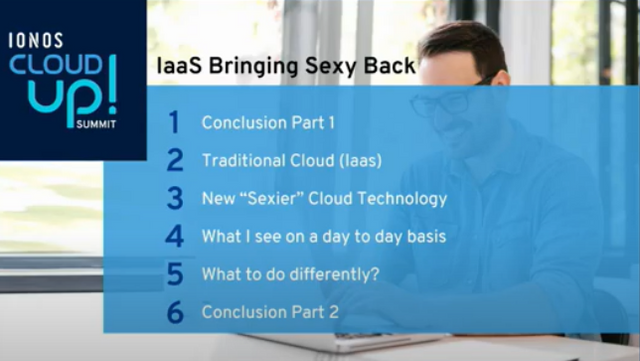
Shining light on new 'cool' cloud technologies and their drawbacks
IONOS Cloud Up! Summit, Cloud Technology Session with Russell Barley
The OS has also integrated new OpenSSL 3 cryptographic frameworks. Built-in RHEL utilities have been recompiled to utilize OpenSSL 3 to provide organizations with new security ciphers for encrypting and protecting data.
RHEL 9 Beta also ships with cgroup2 by default and a recent release of Podman with new defaults for RHEL 9. Users will get signature and short-name (e.g.: ubi8 instead of registry.access.redhat.com/ubi8/ubi) validation by default when pulling container images. This will enable organizations to test container-based applications with the "out-of-the-box" configuration planned for RHEL 9.
RHEL 9 Beta is available for Intel/AMD64 (x86_64), ARM 64-bit (aarch64), IBM Power LE (ppc64le), and IBM Z (s390x) hardware platforms
Rene Millman is a freelance writer and broadcaster who covers cybersecurity, AI, IoT, and the cloud. He also works as a contributing analyst at GigaOm and has previously worked as an analyst for Gartner covering the infrastructure market. He has made numerous television appearances to give his views and expertise on technology trends and companies that affect and shape our lives. You can follow Rene Millman on Twitter.
-
 The Race Is On for Higher Ed to Adapt: Equity in Hyflex Learning
The Race Is On for Higher Ed to Adapt: Equity in Hyflex LearningBy ITPro
-
 Google faces 'first of its kind' class action for search ads overcharging in UK
Google faces 'first of its kind' class action for search ads overcharging in UKNews Google faces a "first of its kind" £5 billion lawsuit in the UK over accusations it has a monopoly in digital advertising that allows it to overcharge customers.
By Nicole Kobie
-
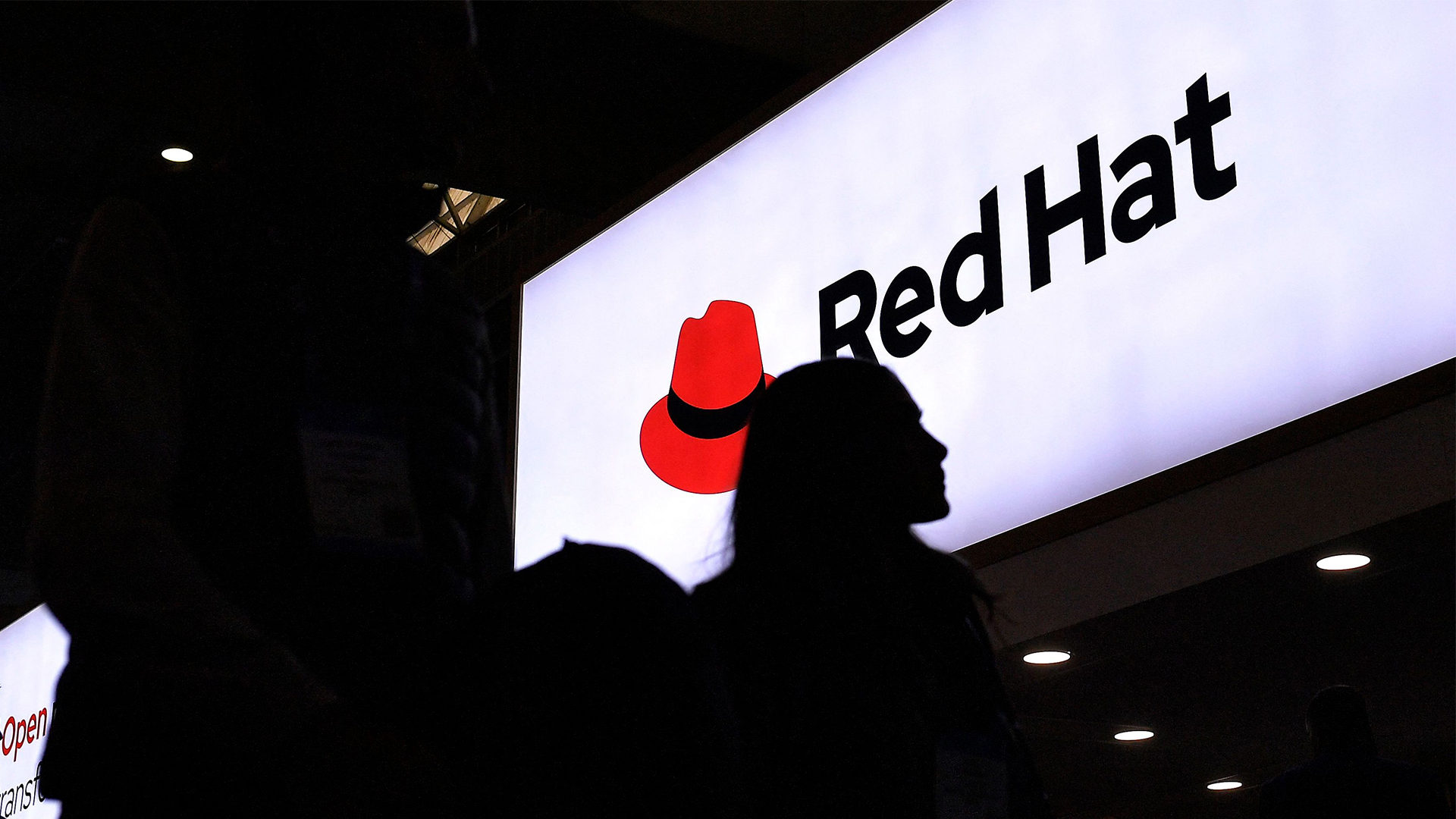 Red Hat just made three big changes to its developer hub – here’s what you need to know
Red Hat just made three big changes to its developer hub – here’s what you need to knowNews Red Hat has unveiled a raft of upgrades for Red Hat Developer Hub (RDHD), including support for a local version as well as new analytics.
By Nicole Kobie
-
 Red Hat launches Build module as part of partner program refresh
Red Hat launches Build module as part of partner program refreshNews Red Hat has announced new changes to its partner program, including the launch of a new 'Build' module and go-to-market support capabilities.
By Daniel Todd
-
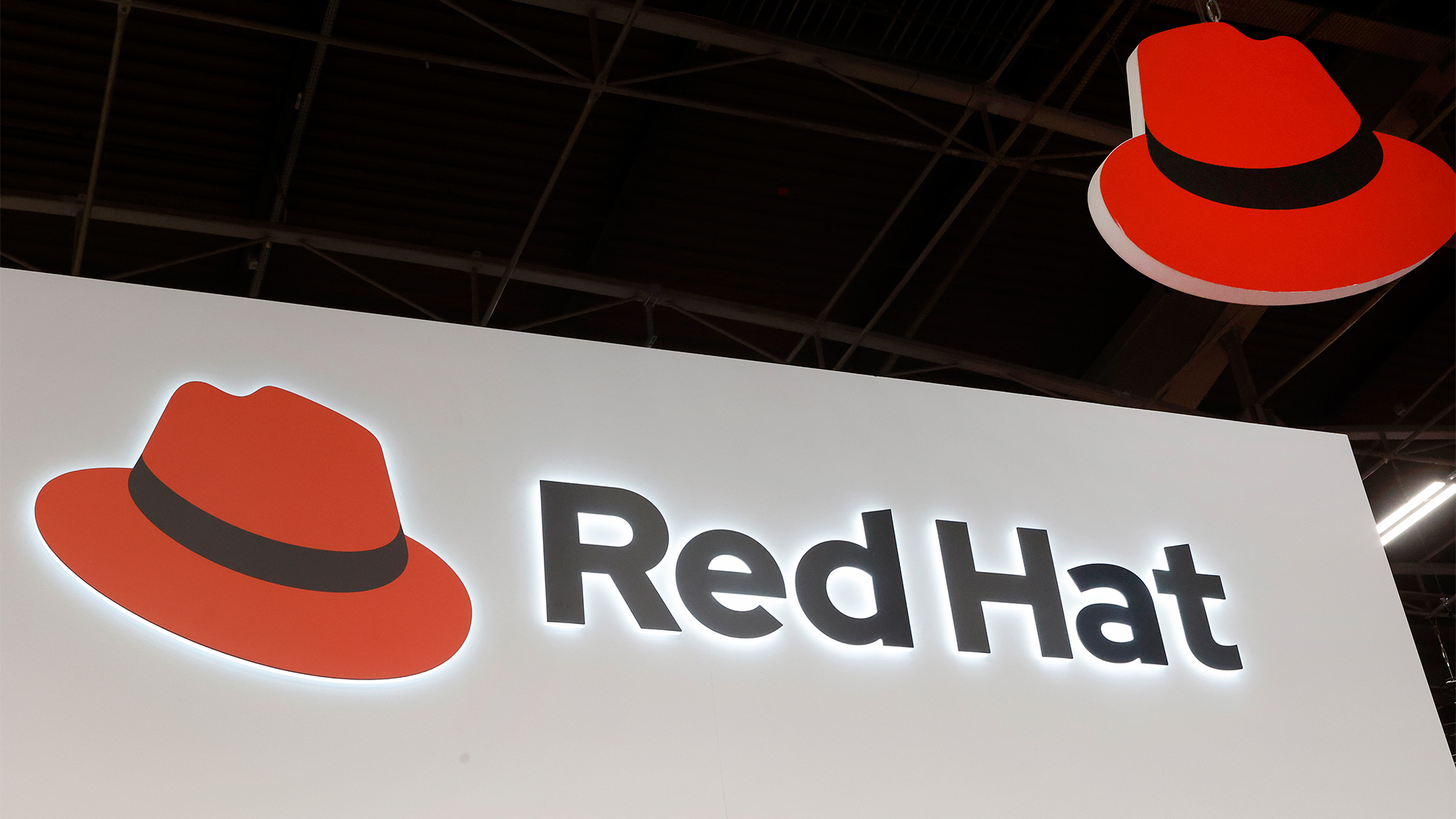 Red Hat eyes “clear pathways for collaboration” with new partner program updates
Red Hat eyes “clear pathways for collaboration” with new partner program updatesNews The enhanced framework for Red Hat partners features a new modular design and fresh incentives
By Daniel Todd
-
 Red Hat adds trio of new tools to its Trusted Software Supply Chain
Red Hat adds trio of new tools to its Trusted Software Supply ChainNews The open-source giant said the additions will help organizations tackle vulnerabilities in their supply chains earlier and improve overall resiliency
By Daniel Todd
-
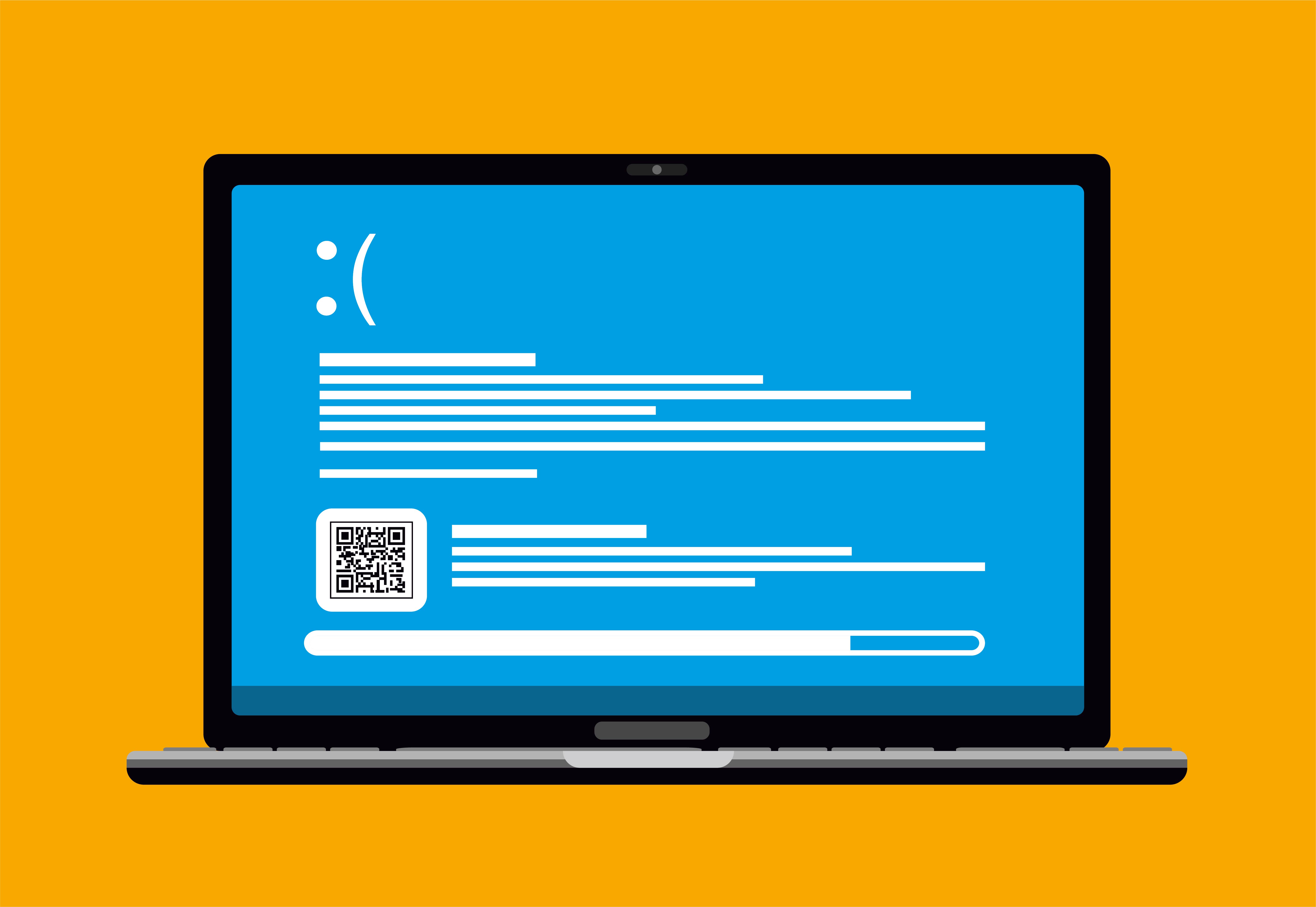 Linux Blue Screen of Death gives users a taste of the dreaded Windows feature
Linux Blue Screen of Death gives users a taste of the dreaded Windows featureNews The Linux Blue Screen of Death has been added in a recent update
By Ross Kelly
-
 Red Hat Enterprise Linux becomes foundational operating system for Cohesity Data Cloud
Red Hat Enterprise Linux becomes foundational operating system for Cohesity Data CloudNews New strategic partnership between Red Hat and Cohesity aims to drive innovation in the data security and management space
By Daniel Todd
-
 Can the Open Enterprise Linux Association overcome Red Hat’s restrictions?
Can the Open Enterprise Linux Association overcome Red Hat’s restrictions?Analysis Defining how compatibility will be achieved is the crucial question in the Red Hat Enterprise Linux saga
By Richard Speed
-
 AlmaLinux follows Oracle in ditching RHEL compatibility
AlmaLinux follows Oracle in ditching RHEL compatibilityNews Application binary compatibility is now the aim with 1:1 now dropped
By Richard Speed